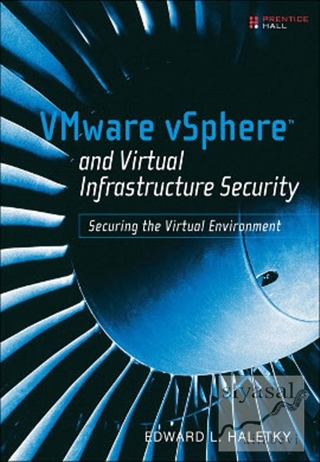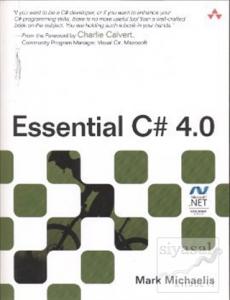
Complete Hands-On Help for Securing VMware vSphere and Virtual Infrastructure by Edward Haletky, Author of the Best Selling Book on VMware, VMware ESX Server in the Enterprise
As VMware has become increasingly ubiquitous in the enterprise, IT professionals have become increasingly concerned about securing it. Now, for the first time, leading VMware expert Edward Haletky brings together comprehensive guidance for identifying and mitigating virtualization-related security threats on all VMware platforms, including the new cloud computing platform, vSphere.
This book reflects the same hands-on approach that made Haletky's VMware ESX Server in the Enterprise so popular with working professionals. Haletky doesn't just reveal where you might be vulnerable; he tells you exactly what to do and how to reconfigure your infrastructure to address the problem.
VMware vSphere and Virtual Infrastructure Security begins by reviewing basic server vulnerabilities and explaining how security differs on VMware virtual servers and related products. Next, Haletky drills deep into the key components of a VMware installation, identifying both real and theoretical exploits, and introducing effective countermeasures.
Coverage includes
Viewing virtualization from the attacker's perspective, and understanding the new security problems it can introduce
Discovering which security threats the vmkernel does (and doesn't) address
Learning how VMsafe enables third-party security tools to access the vmkernel API
Understanding the security implications of VMI, paravirtualization, and VMware Tools
Securing virtualized storage: authentication, disk encryption, virtual storage networks, isolation, and more
Protecting clustered virtual environments that use VMware High Availability, Dynamic Resource Scheduling, Fault Tolerance, vMotion, and Storage vMotion
Securing the deployment and management of virtual machines across the network
Mitigating risks associated with backup, performance management, and other day-to-day operations
Using multiple security zones and other advanced virtual network techniques
Securing Virtual Desktop Infrastructure (VDI)
Auditing virtual infrastructure, and conducting forensic investigations after a possible breach
Complete Hands-On Help for Securing VMware vSphere and Virtual Infrastructure by Edward Haletky, Author of the Best Selling Book on VMware, VMware ESX Server in the Enterprise
As VMware has become increasingly ubiquitous in the enterprise, IT professionals have become increasingly concerned about securing it. Now, for the first time, leading VMware expert Edward Haletky brings together comprehensive guidance for identifying and mitigating virtualization-related security threats on all VMware platforms, including the new cloud computing platform, vSphere.
This book reflects the same hands-on approach that made Haletky's VMware ESX Server in the Enterprise so popular with working professionals. Haletky doesn't just reveal where you might be vulnerable; he tells you exactly what to do and how to reconfigure your infrastructure to address the problem.
VMware vSphere and Virtual Infrastructure Security begins by reviewing basic server vulnerabilities and explaining how security differs on VMware virtual servers and related products. Next, Haletky drills deep into the key components of a VMware installation, identifying both real and theoretical exploits, and introducing effective countermeasures.
Coverage includes
Viewing virtualization from the attacker's perspective, and understanding the new security problems it can introduce
Discovering which security threats the vmkernel does (and doesn't) address
Learning how VMsafe enables third-party security tools to access the vmkernel API
Understanding the security implications of VMI, paravirtualization, and VMware Tools
Securing virtualized storage: authentication, disk encryption, virtual storage networks, isolation, and more
Protecting clustered virtual environments that use VMware High Availability, Dynamic Resource Scheduling, Fault Tolerance, vMotion, and Storage vMotion
Securing the deployment and management of virtual machines across the network
Mitigating risks associated with backup, performance management, and other day-to-day operations
Using multiple security zones and other advanced virtual network techniques
Securing Virtual Desktop Infrastructure (VDI)
Auditing virtual infrastructure, and conducting forensic investigations after a possible breach




















